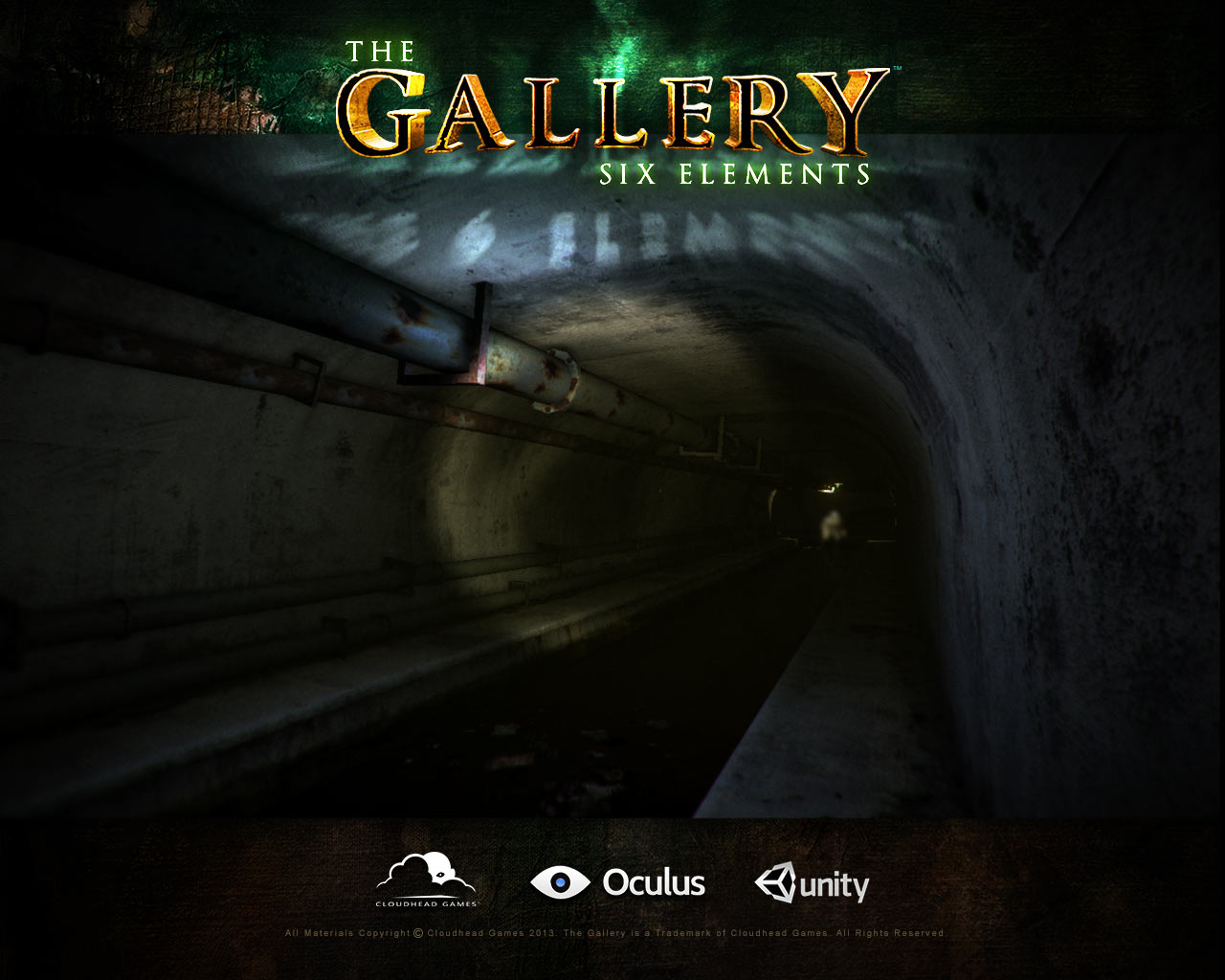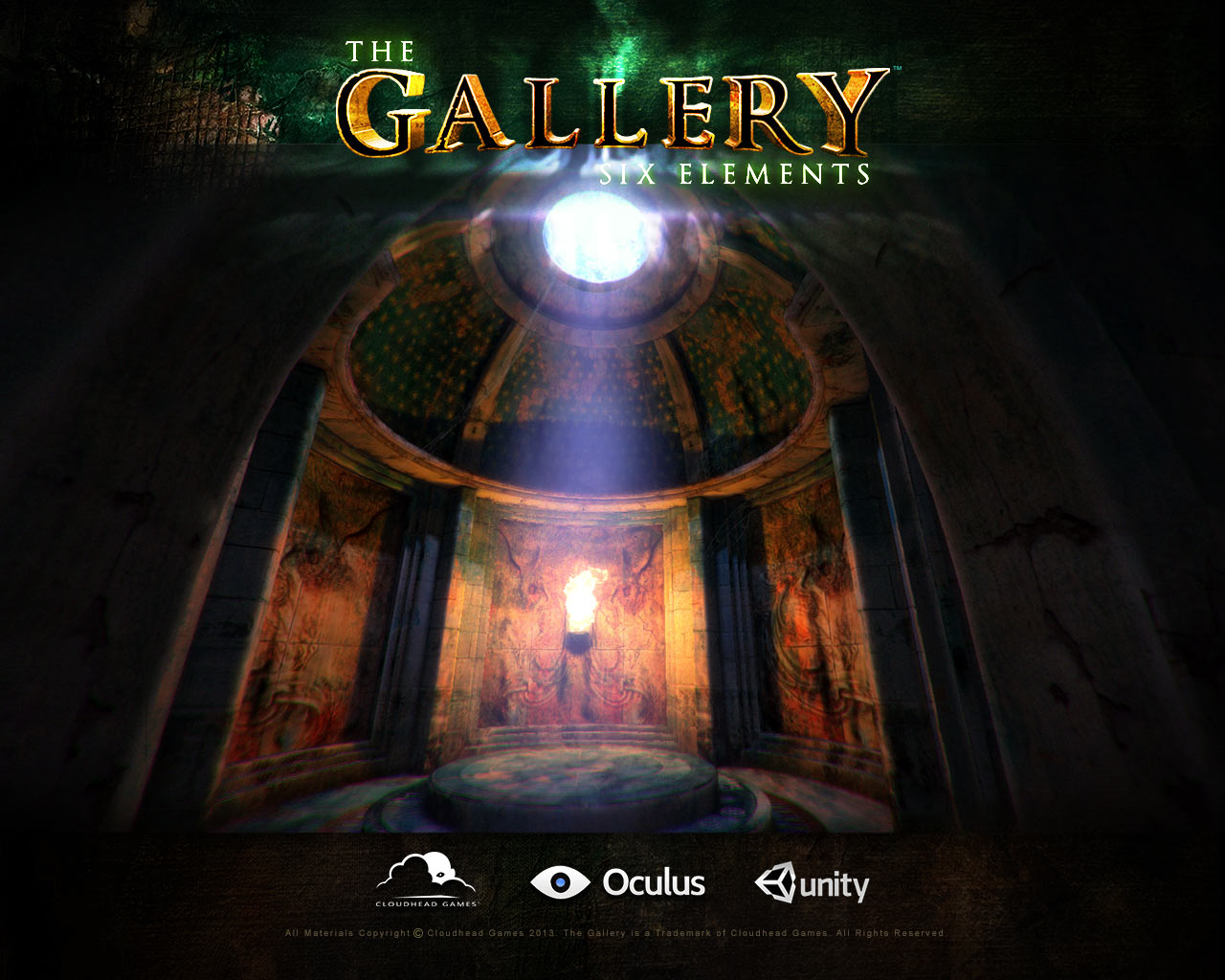The Kickstarter for The Gallery: Six Elements ended successfully a couple days ago. We went over our $65,000 target, blew past two stretch goals, and hit a final total of $82,397, with 1568 backers. It was a dramatic, nail-biting, and tense 30 day period that capped off a pretty grueling 5-month grind. Someday people will read about it in a coffee table book. 😆
I have the next few days off. I spent yesterday kicking back with some books that have nothing to do with work, and it was great. (I’m re-reading the Monster Hunters International series by Larry Correia.)
The success of the Kickstarter means I’ve got steady work for the next several months, which is really nice because I was getting a little tired of the unpredictable, constantly fluctuating returns of freelance web development and graphic design. It’ll be really nice not to have to worry so much about that for a change.



